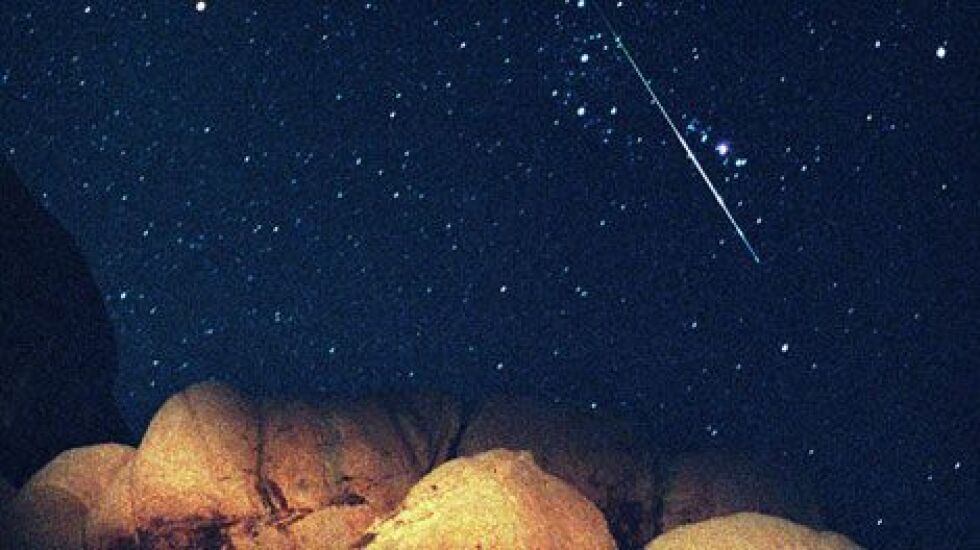
The Orionid meteor shower is set to peak and be most visible this weekend, according to experts.
The meteor shower results from a trail of debris left behind by Halley’s Comet. As the Earth orbits around the sun, it comes in contact with debris left behind by the comet, which people can see as streaks of light in the sky, astronomy educator Joe Guzman said.
“These are remnants from the solar system from when we were formed. When you’re seeing these streaks of light in the sky, you’re looking at things from deep space,” Guzman said. “So it’s always well worth it to look up and catch these celestial phenomena whenever you can.”
Streaks of light are produced by friction, as debris the size of a grain of sand, rubs against the Earth’s atmosphere, said Shane Larson, professor in physics and astronomy at Northwestern University.
Not only does October treat us to an eclipse, but we are in for what could be some spectacular meteor showers as well! For the stargazers out there, here’s the rundown: October 18th we’ll see the peak of the ε-Geminid Meteor Shower, October 21 will be the apex of the Orionid… pic.twitter.com/wQ6ry4OzCU
— Dr. Buzz Aldrin (@TheRealBuzz) October 17, 2023
To get the best view of the Orionids, viewers can drive to the Indiana Dunes or state parks in Illinois, Larson said. Within the city, viewers should head to the forest preserves. Because the showers may be dim, it’s best to get somewhere dark, he said.
Larson said to take a lawn chair and a blanket and sit outside to see the Orionids. Binoculars and telescopes are not needed.
To people 50 miles away on the Earth’s surface, the showers look like seconds-long streaks of light, which is known as a meteor shower, said Michelle Nichols, director of public observing at Adler Planetarium.
The Orionid meteor shower peaks every year around the night of Oct. 21, which is when the Earth passes through the densest part of the trail left behind by Halley’s Comet, Nichols said. This year, to see the meteor shower, it’s best to stand outside and face southeast between midnight and about 2 or 3 a.m. on Sunday, she said.
In the city, where there’s high light pollution, it might be difficult to see the meteor shower. If the sky is cloudy, it might be even more difficult or near-impossible to see the showers, Nichols said.
The name for the Orionid comes from the Orion constellation. When the streaks of light are followed back to where they originate from in the sky, they come from the same area where the Orion constellation can be seen, Nichols said.
Other meteor showers that can be viewed are the Leonids in November and the Geminids in December.
For more information about meteor showers and their schedules, visit the American Meteor Society website. They have a calendar of when meteor showers are active.







